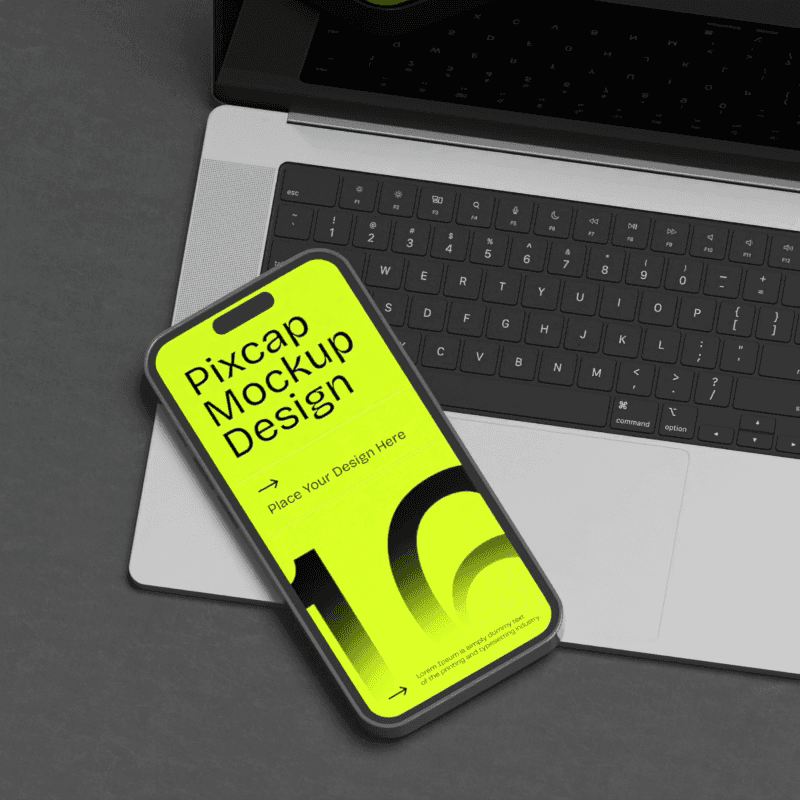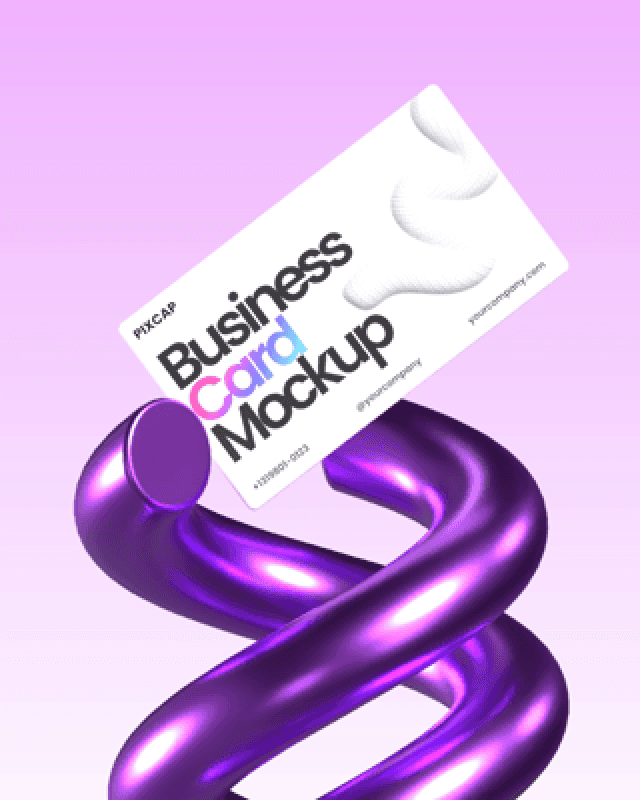A well-designed logo has the power to speak volumes about your business and leave a lasting impression on your potential customers. It's the face of your brand, and it's often the first thing people see when they come across your business.
Learn how to design a logo with these simple tips:
What Is a Logo?
A logo is a visual representation of your brand. It's a symbol or combination of symbols that represent your business and its values. A successful logo should be distinctive, memorable, and easily recognizable.
A logo serves as the foundation of your brand identity. It sets the tone for all other branding materials and creates a connection between your business and your target audience.
A well-designed logo can also differentiate your brand from competitors and help you stand out in a crowded market.
How to Design a Logo
Designing a logo requires careful consideration and attention to detail. Here are some steps you can follow to design a logo:
1. Know Your Brand Personality
Before you start designing, it's essential to have a clear understanding of your brand personality.
Take some time to think about what makes your brand unique and how you want it to be perceived by others.
Consider your brand's voice, messaging, and target audience. This information can help you determine the right color palette, logo font, and overall design style for your logo. We will discuss these elements in more detail below.
2. Keep It Simple and Versatile
A simple logo is often the most effective. Think of some successful logos, such as Nike or Apple; they are both simple yet highly memorable.
Avoid using too many elements or details in your design. A cluttered logo can be confusing and challenging to remember.
Your logo should also be versatile enough to work well across different platforms and mediums, such as print, digital, and merchandise.
3. Choose the Right Colors & Font
Colors and fonts play a crucial role in logo design. They can evoke specific emotions, convey your brand's personality, and make your logo more memorable.
When selecting colors, consider the psychology of color and how it may impact your target audience.
Check out Pixcap’s color palettes feature to see some color combinations. Start by selecting 3D illustrations and applying palettes.
4. Make it Timeless
A good logo should stand the test of time. It should be able to represent your brand for years to come without needing frequent updates or redesigns.
Avoid using trends or fads in your logo design, as they can quickly become outdated. Instead, focus on creating a timeless and classic design that will remain relevant.
5. Consider Different Variations
Your logo should have different variations to accommodate various scenarios and mediums.
For example, you may need a simplified version for small print or a monochromatic version for black and white applications. Having these options ensures that your logo looks its best in any situation.
6. Sketch and Revise
Before committing to a final design, it's essential to sketch out several ideas and revise them. This process allows you to explore different concepts and refine your logo until it's perfect.
It may also be helpful to seek feedback from others during this stage, such as colleagues or potential customers.
7. Protect Your Logo
Once you have a finalized logo, it's crucial to protect it.
This includes trademarking your logo and using it consistently across all branding materials to create a strong visual presence for your brand.
A protected logo can be a valuable asset for your business, helping to establish recognition and trust among consumers.
Types of Logo & When to Use Them
There are several types of logos, each with their own unique characteristics and intended use cases. Here are some common types of logos and when they may be most appropriate for your brand:
1. Wordmark or Logotype
A wordmark or logotype is a logo that consists solely of text, using typography to create a unique visual identity. Examples include the logos for Coca-Cola, Google, and Disney.
Use a wordmark if:
Your brand name is short and easily recognizable
You want to establish a strong visual presence for your brand name
You have limited design resources or budget
2. Lettermark or Monogram
A lettermark or monogram logo uses initials or a shortened version of the brand name to create a unique mark. Examples include the logos for IBM, HP, and CNN.
Use a lettermark if:
Your brand name is long or difficult to pronounce
You want to create a strong visual identity using just a few letters
You want to convey a sense of sophistication and professionalism
3. Icon or Symbol
An icon or symbol logo uses a visual element to represent the brand, often without any words or text. Examples include the logos for Nike, Apple, and Starbucks.
Use an icon if:
Your brand name is easily recognizable and distinct from competitors
You want a logo that can be easily translated into different sizes and formats
You want to convey a strong visual identity without relying on text
4. Combination mark
A combination mark combines a wordmark or lettermark with an icon or symbol to create a unique logo. Examples include the logos for McDonald's, Burger King, and AT&T.
Use a combination mark if:
Your brand name is not easily recognizable on its own
You want a versatile logo that can be used in different contexts
You want to establish a strong visual identity with both text and visuals

How to Choose Your Logo Colors
Below is the meanings behind various colors to assist you in selecting the perfect hues for your logo:

Red: Passion, energy, and excitement
Orange: Creativity, enthusiasm, and friendliness
Yellow: Happiness, warmth, and optimism
Green: Growth, harmony, and nature
Blue: Trustworthiness, stability, and professionalism
Purple: Luxury, creativity, and spirituality
Pink: Femininity, playfulness, and romance
Black: Sophistication, power, and elegance
White: Purity, simplicity, and cleanliness
How to Choose Font for Logo
Your logo font should complement your brand identity and message. Here are some considerations for choosing the right font:
Sans serif fonts are generally more modern and approachable, while serif fonts convey a sense of tradition and reliability
Script or handwritten fonts can add personality to your logo but may be harder to read in small sizes
Make sure the font is legible at different sizes and in both print and digital formats
Consider using custom typography to make your logo stand out and unique
Aim for simplicity, as overly complicated fonts can be difficult to read and remember
Logo Design Mistakes You Should Avoid
When designing a logo, there are some common pitfalls to avoid. Here are a few mistakes to watch out for:
1. Avoid Trends
While it can be tempting to follow the latest design trends, they may quickly become outdated and leave your logo looking irrelevant. Aim for a timeless and classic design that will stand the test of time.
2. Don't Use Clip Art or Stock Images
Using clip art or stock images in your logo can make it look generic and unoriginal. Invest in a custom design or create your own to make a lasting impression.
3. Steer Clear of Busy Designs
A cluttered and busy logo can be overwhelming and difficult to remember. Stick to a simple and clean design that will be easily recognizable and memorable.
4. Avoid Using Too Many Fonts
Using too many fonts in a logo can make it look unprofessional and disjointed. Stick to one or two complementary fonts for a cohesive and polished look.
5. Don't Rely on Color Alone
While color can enhance your logo, it should not be the only defining factor. Your logo should still be recognizable and effective in black and white.
Conclusion
Crafting a strong, memorable logo requires careful thought and strategic planning.
Remember, a well-designed logo is not just an aesthetic element, but a powerful marketing tool that can significantly contribute to your brand's success.
Try Pixcap’s AI tool to design a logo
Frequently Asked Questions
1. Can I design a logo myself?
Yes, by understanding your business's core values and a bit creative, you can design a logo yourself without any prior design experience.
2. What should you avoid when designing a logo?
Avoid trends, busy designs, using too many fonts, and relying on color alone when designing a logo. These can distract from your brand's message and make it difficult for customers to remember your logo.
3. What makes a good logo?
A good logo should be simple, memorable, and versatile. It should also represent your brand's core values and be easily recognizable. Additionally, a good logo should work well in both color and black and white formats.
4. How much should making a logo cost?
The cost of making a logo can vary depending on the design process, complexity, and experience of the designer. It can range from $7 to $10000 or more. There are also free logo maker tools available that you can utilize to create a basic logo.














